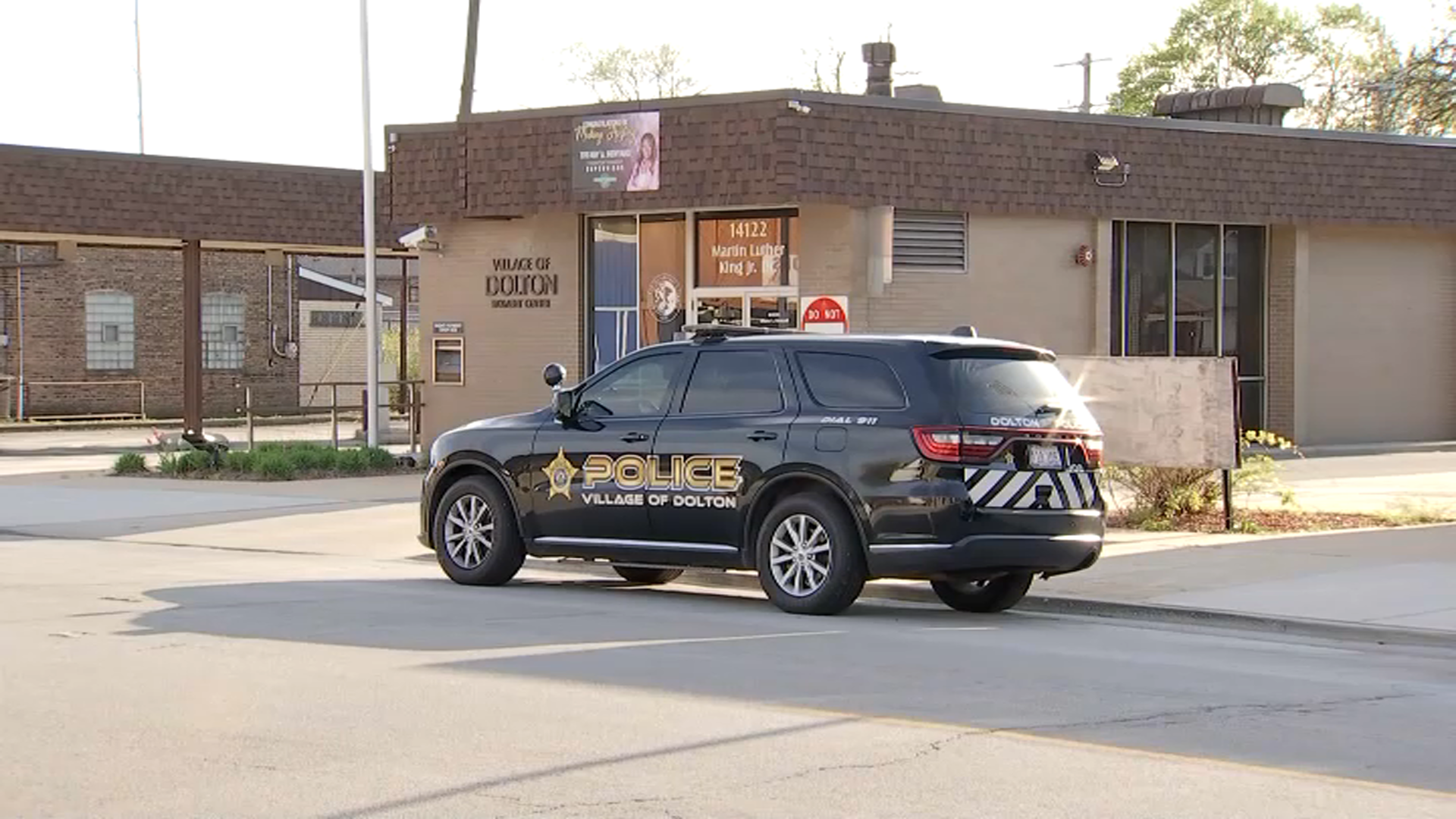This week, your Ward Room blogger received a letter from an inmate at Dixon Correctional who has been behind bars since 1967 -- and who thinks he might be free today, if it weren’t for Richard Speck.
Joseph Hurst is a “C-number,” Illinois prison lingo for a long-termer locked up before 1978, when the state abolished parole and replaced it with truth in sentencing. When that happened, most prisoners were given the option of remaining under the parole system, or receiving a fixed relate date. The exceptions? Prisoners sentenced to more than 20 years. The reason: to prevent Richard Speck, the sailor who killed eight nurses at a Southeast Side townhouse, from ever getting out of prison.
Wrote Hurst:
Because the new law would give all inmates under the old law the almost certainty of being released, Richard Speck then became the focal point of the proposed new legislation, known as “Class X.” Governor [Jim] Thompson, for political reasons and not for any legislation that would afford Richard Speck the slightest possibility of being released from prison…Because the Equal Protection Clause of the United States Constitution, its Fourteenth Amendment, would not have permitted Governor Thompson and the General Assembly to single out Richard Speck as the sole inmate not eligible for the benefits of the new law, an entire class had to be created that included other inmates, just to get Richard Speck!
Speck died of a heart attack in 1991, but about 200 C-numbers remain behind bars, most of them elderly and infirm. Hurst, who has spent 46 of his 70 years in prison, suffered a stroke that left him with a limp and collapsed his right hand into a scrabbling claw. He also suffers from Parkinsonism and wears a catheter that fills a urine bag strapped to his leg.
Local
Hurst makes a compelling case that releasing the C-numbers would benefit Illinois economically. The John Howard Association, an Illinois prison reform group, estimates that incarcerating an elderly inmate costs between $60,000 and $70,000 per year, compared to the $27,000 a year it costs on average to house a general population inmate.
Illinois is trapped in an economic Catch-22, from which it seems unwilling to free itself. For, how else does one explain its stubborn and illogical refusal to release a class of less than two hundred inmates, harmless, aged and worn out, whose medical bills, alone, cost the state millions of dollars per year.
For all that, Hurst can’t make a compelling case that he should be let out. On May 24, 1967, Hurst was pulled over for speeding near the corner of Cottage Grove Avenue and Marquette Road, in the Woodlawn neighborhood. Ofc. Herman Stallworth tried to question Hurst, who was not carrying a driver’s license, but Hurst shot him in the chest, then barricaded himself inside a house, firing at police until he ran out of bullets. Hurst has been eligible for parole many times, but the Chicago Police Memorial Foundation, which looks after the interests of slain officers’ families, is determined to see he never gets it. At Hurst’s last hearing, in November 2012, the foundation dispatched a busload of officers to Springfield for the Prison Review Board meeting. Hurst was turned down but will be eligible again this year. And the cops will be there again.
(Another prisoner, William Heirens, spent 66 years in prison for killing three females on the North Side in 1946. When he died, he suffered from dementia and diabetes, and was confined to a wheelchair.)
Hurst’s letter raises the question of whether the practicality of allowing sick old men to go free will ever outweigh the demands of justice.



